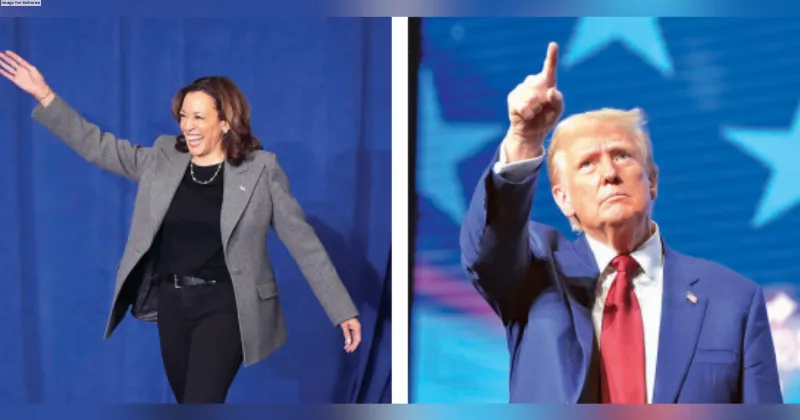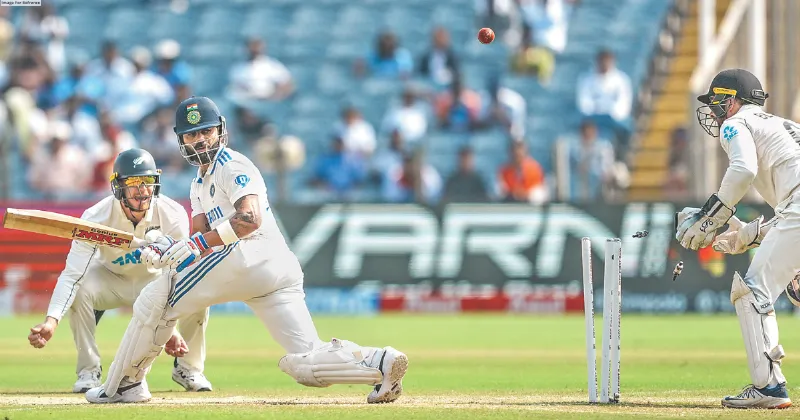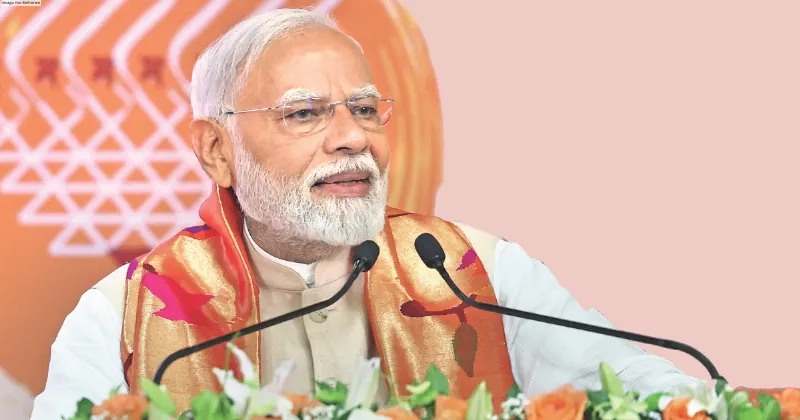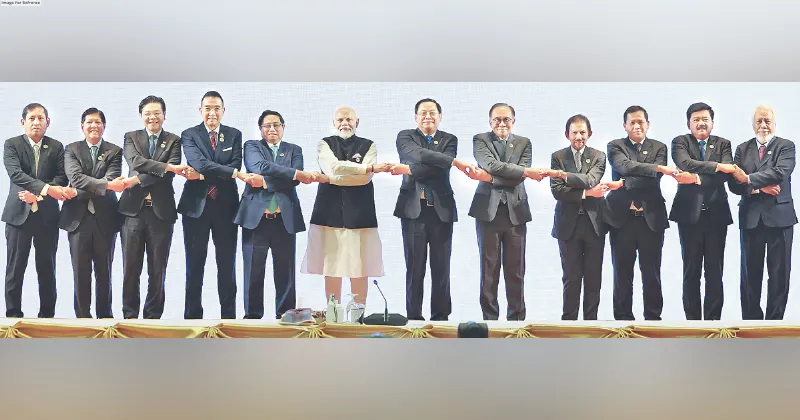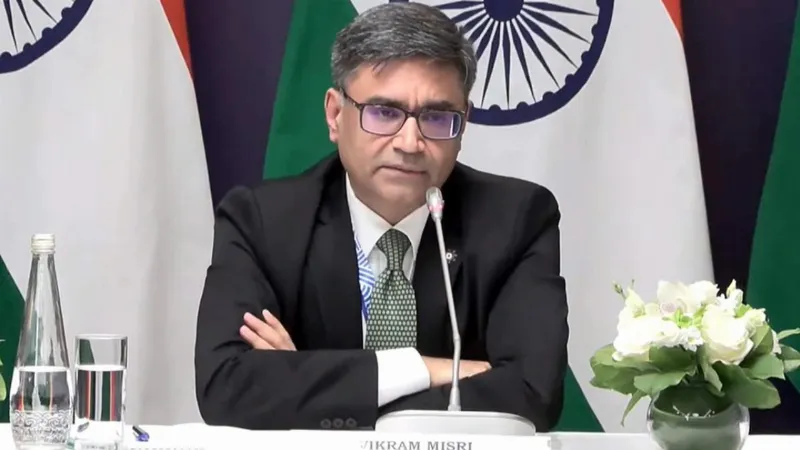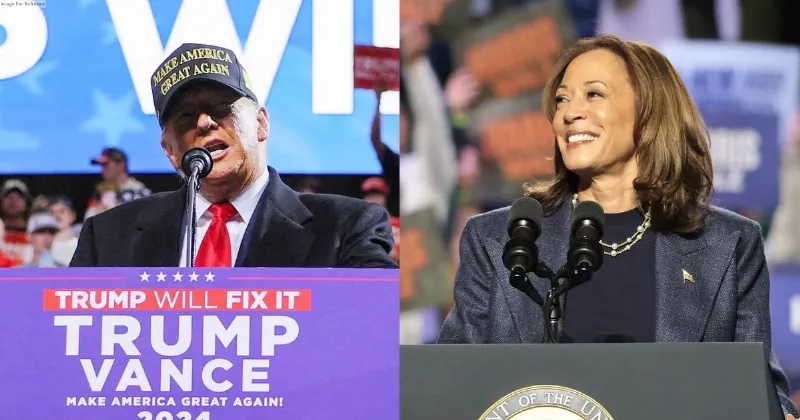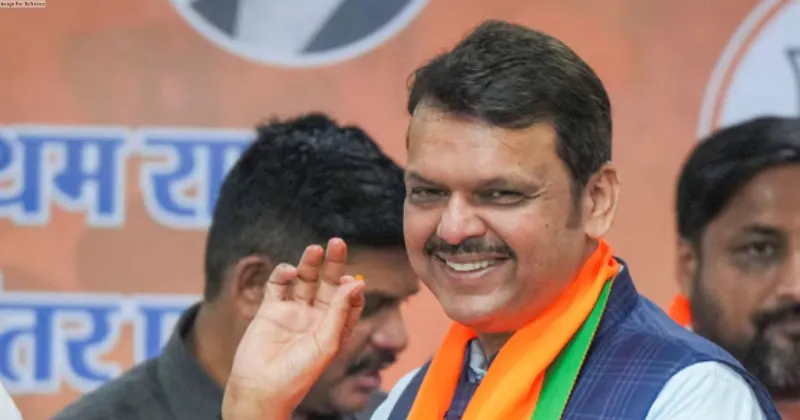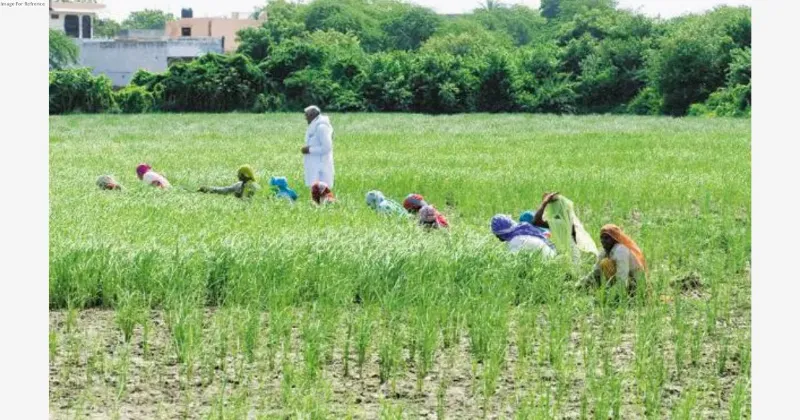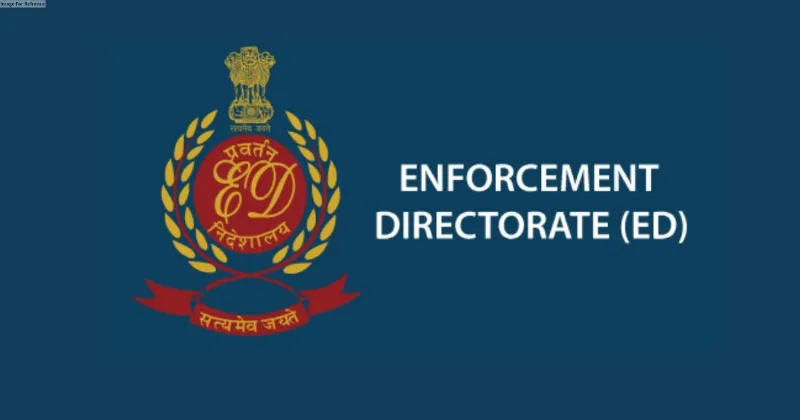Latest News
BANKS LOSING THE FIGHT AGAINST FRAUDS?
.png)
3 years back in a bankers’ summit organized in a Mumbai 5-star hotel, a veteran banker shared a joke with a small gathering of journalists. A reporter asked him about the mounting corporate defaults to which he answered, “If you owe the bank Rs. 1 lakh, that’s your problem but if you owe the bank Rs. 100 crore, it’s the bank’s problem.” The joke although long forgotten still holds. It pointed toward the lapses in the Indian banking system and a sinkhole of defaulted loans that it has managed to create.
It has been three decades since the Harshad Mehta securities scam was unearthed in 1992 but serious lapses in banking operations still exist. The scam exposed the gaping loopholes in the country’s stock markets and the banking system. Harshad Mehta manipulated the stock prices by illegally obtaining funds from the banks using fake bank receipts and diverting them to the stock market. He created a vicious cycle of fraud with some of the leading banks in those times like SBI and National Housing Bank.
Thankfully, the scam resulted in sweeping changes in the securities market. Stricter laws were introduced and the powers of SEBI were widened. However, amendments in the banking laws have not been sufficient and are still exploited by wealthy corporates. Several corporates in the past few years have “wilfully” defaulted on thousands of crores worth of loans from banks and have simply fled the country to never come back. All attempts at extradition have failed, leaving very little hope that the money will ever be recovered. Wilful defaulters are those who can pay back the borrowed money to the banks but do not do so willingly. They have the money and muscle to fight arduous legal battles that carry on for years.
BIGGEST SCAMS IN LAST DECADE
The latest Dewan Housing Finance Limited (DHFL) scam defrauded a consortium of 17 banks worth Rs. 34,000 crore is the biggest banking fraud India has ever seen. Only ABG Shipyard comes close with a fraud case of about Rs. 20,000 crore, reported only a few months back. The list however doesn’t end here. From diamond trader Nirav Modi and his uncle Mehul Choksi’s Rs. 14,000 crore scam, The Sandesaras of Sterling Biotech’s Rs. 15,000 cr scam, another diamantaire Jatin Mehta’s Rs. 10,000 cr fraud to Vijay Mallya’s Rs. 9,900 crore scam, the list of cons seems endless.
All these and many more such cases simply bring forth the systemic faults and vulnerabilities in our banking processes. Lack of regulation, flawed lending policies, and an inadequate fraud monitoring mechanism are among the many reasons for the rise in fraud cases in the country leading to mounting non-performing assets (NPA). The push toward digitization and financial inclusion during the pandemic significantly changed the way the industry operates. It has however brought along with it, its own set of problems of data theft and cyber-crimes. Even though RBI and the government have taken coherent steps to address these pain points and plug the loopholes, they are not enough.
THE ELEPHANT IN THE ROOM
Numbers up, value down: As per RBI’s annual report for FY 2021-22, total number of frauds reported in FY 2022 was up 23% from last year but the total amount of fraud cases in value terms reduced to half from Rs 1.4 trillion in FY 2021 to Rs 60,000 crore in FY 2022. There isn’t much to cheer about coz the DHFL case forms more than half of the total fraud amount of last year! FYI, RBI data considers frauds of Rs 1 lakh and above only. PSUs: The weakest link – If one were to assess the fraud data for the last three years, private sector banks reported the maximum number of frauds while in value terms public sector banks’ contribution was more, as per the RBI report.
Advances to be monitored: The nature of frauds reported by private sector banks were mainly on account of small value card/internet frauds, while those for public sector banks were mainly in the loan portfolio. Advances formed the major chunk of all the fraud in value terms (97% of all frauds) while cards/ internet contributed to just 0.2% of all frauds in value terms. Time Lag: There is a significant time lag between the date of occurrence of fraud and its detection. 94% of all frauds detected last year occurred in previous fiscal years.
WAKE UP AND SMELL THE COFFEE
Risk is an inherent aspect of banking and needs to be dealt with. Frauds are on the rise and are expected to rise further especially in the current adverse business environment. Pandemic-induced loan extensions’, moratoriums, and government support to businesses can open up a new pandora’s box if not addressed early.
THE VIEWS EXPRESSED BY THE AUTHOR ARE PERSONAL





